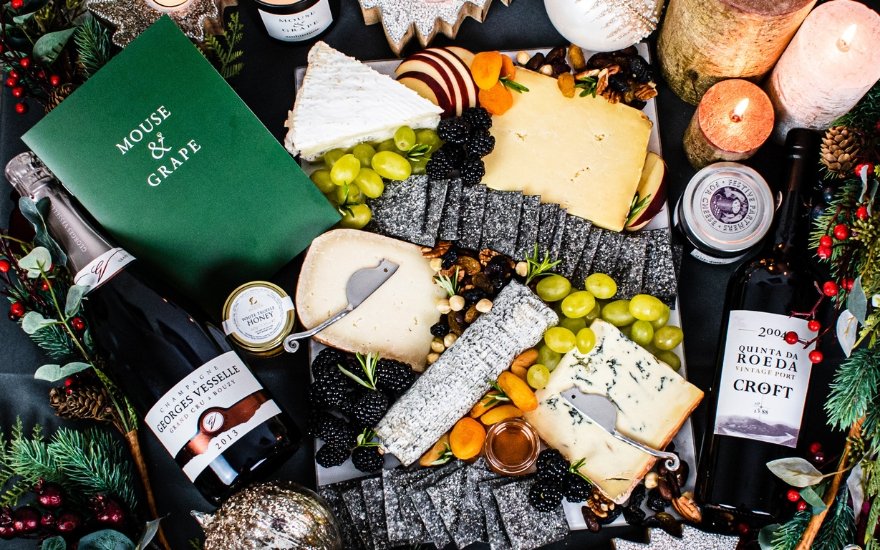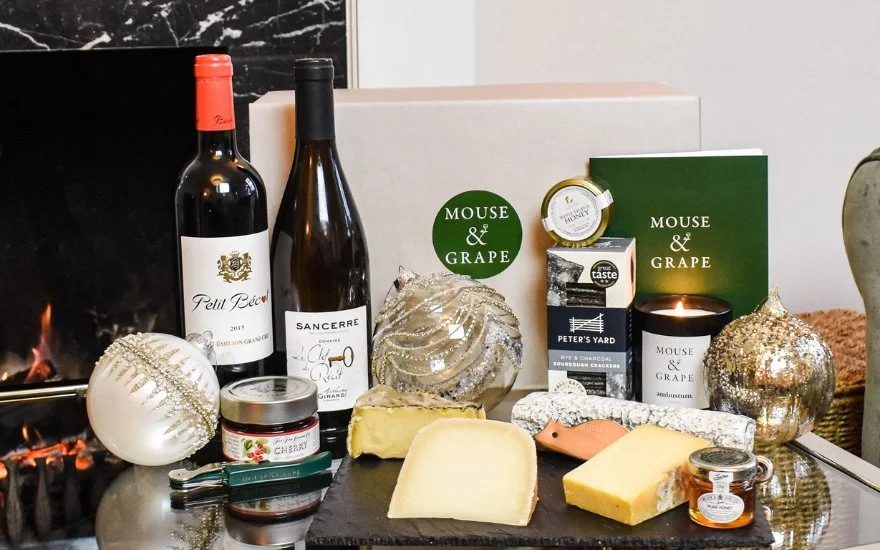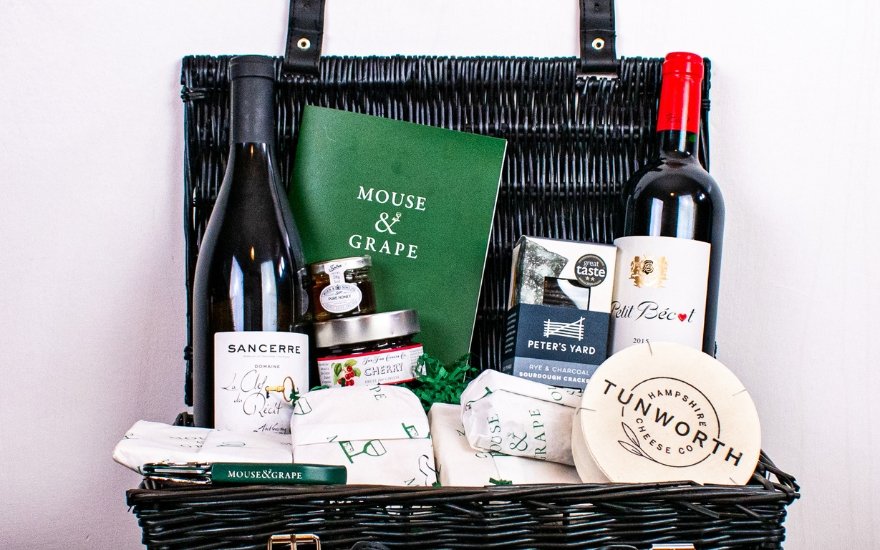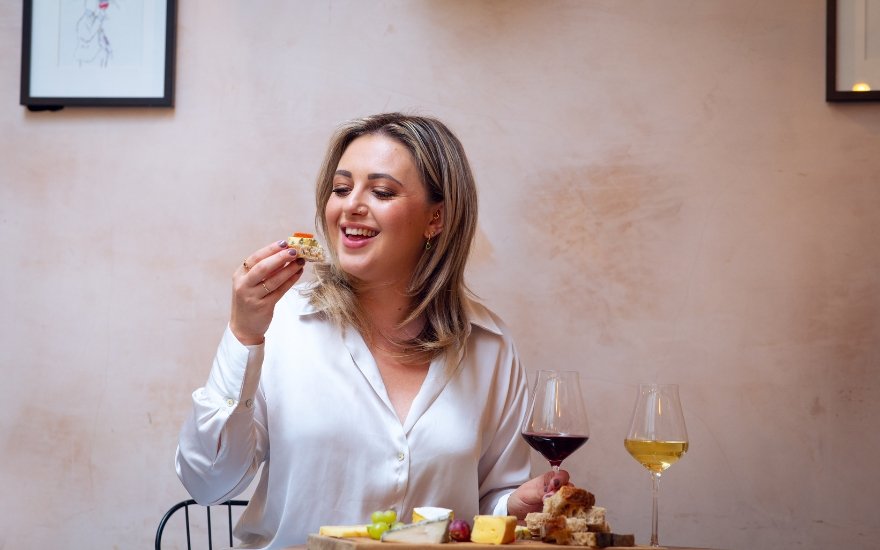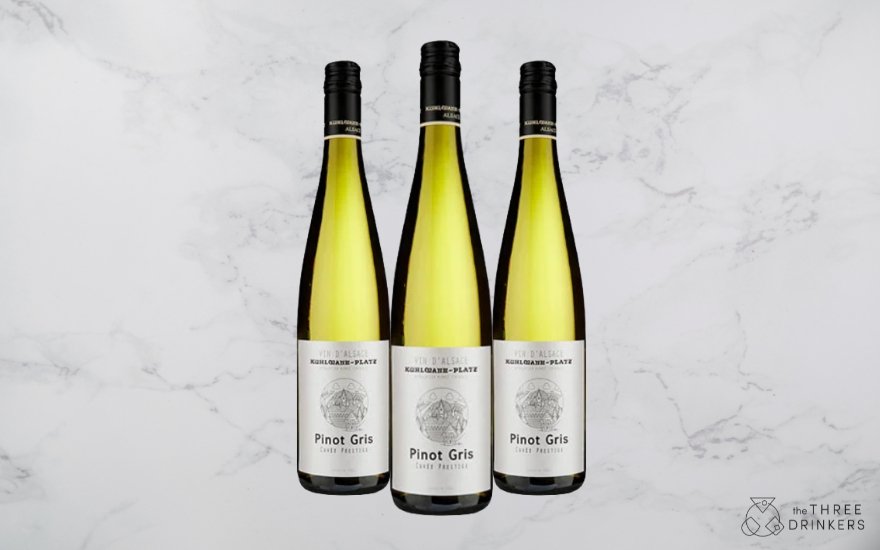Words by Colin Hampden-White
The dining room at Glenmorangie House
Settled into the landscape, right next to the Dornoch Firth in the highlands of Scotland is something wonderful. Creating whiskies known the world over and experimenting with new delicious expressions released every year to delight us is Glenmorangie distillery. It is a well-known place, especially amongst whisky lovers, who travel from far and wide to visit the distillery and obtain special bottles only found there.
What is less known is where one can stay as you visit this beautiful cathedral to the amber nectar. Well off the beaten track is Glenmorangie House, around fifteen minutes from the distillery looking out onto the Moray Firth and the North Sea. It is a traditional, large house with white walls and small windows set in beautiful gardens at the end of a long driveway. There are many large guest houses and hotels which might look like it. However, you realise something is very different here as soon as you get out of the car. You’ll be greeted by a life size giraffe at the front door. Made of metal it is the first hint, that the interior may not reflect the exterior, and it certainly doesn’t.
Glenmorangie House
I have been to Glenmorangie house quite a few times as a whisky writer and broadcaster. My first time over ten years ago. The house then was extremely smart, reflecting a smart and yet traditional Scotland, with an interior of many shades of greens and blues and light tartans, it was stylish and comfortable. A few years ago all this changed.
The Glenmorangie Company decided they would like their house to reflect the whiskies they were creating at the distillery, rather than a Scottish idle. Out with the simple blues and greens and in with the bold. Bright oranges and golds, pinks, violets and vivid greens and electric blues now deck the walls, fabrics and furniture. Now, this might sound a little extreme, and at first like looking directly into the sun, you need to squint, but as with the sun, the lovely heat on your skin and its magnificence make you want it to stay for ever. The new interior of Glenmorangie house is quite brilliant. There is a lot of detail in the design. Each room has been names after expressions of the whisky or themes which reflect the ethos of the brand. For example, there is a bedroom called Nectar d’Or, after the whisky they create with a finish using Sauternes barrels from Sauternes in Bordeaux, France, giving a sweeter style of whisky. The colours in that room have golds and oranges, reflecting honey and the core flavour of Glenmorangie, which is oranges. But the details are wonderful. There are paper flowers in one of the vases, which seem to be made of muted colours, and it isn’t until you get close to them that you realise, they are made of maps, and then when you get closer, you’ll see that the maps are of Sauternes. There are details like this throughout the house.
Beyond the interior styling, there are other attributes the house has. The staff being the best thing. Staying at Glenmorangie House is a personal experience. Your every whim is looked after by David, the house manager and Amy, front of house, look after you very well. Making you feel comfortable, and always there when you need them, slipping away when you are chatting away to your friends or family, magically reappearing when glasses are needing to be replenished. Should however you need replenishing at any point, and they are not there, simply help yourself. The bar is always there. Magically hidden away in the bookshelves behind a door, it opens to display and array of expressions from the distillery. Including whichever annual expression is relevant. This year it was Tale of the Forest. A whisky which had the barley dried using not peat or coal, but heather, juniper and birch tree bark. Other spirits from the Möet Hennessy portfolio, should anyone not be a whisky drinker.
In the evening, once your thirst has been sated, dinner is called. There is no restaurant at Glenmorangie house. Guests dine together, which, having experienced this many times at the house is a wonderful way to spend an evening. Having made a decision to stay at the house, you’ll find those that have also made the same decision will have things in common and getting to know new people over great food and wine feels like a dinner party. More Downton Abbey than Hilton Hotel.
There are plenty of other things to do at Glenmorangie House other than drink, eat and be merry. The coast is a short and very picturesque walk away, with beaches and rocky pools. Fun games, such as archery can be organised. Falconry displays can come to the house. There is a large fire pit with seating to sit out at night and watch the stars, and sometimes, even the northern lights can be seen in the dead of night. Fireworks can be organised, and the firepit seating becomes a mini amphitheatre to watch them from, and with a hot toddy in hand, it’s a warming experience.
It's a glamorous place to stay, a place to be pampered and a place to relax. It’s bright and stylised interior is unpretentious, as is everything else about a stay at the house. It feels like a home from home. If you could imagine being a millionaire. Above all, it leaves the ordinary world behind and everything at the house is kind of delicious and wonderful.
The cathedral like still room at the Glenmorangie distillery
There are a couple of very exciting weekend breaks on offer from Glenmorangie inspired by Tale of the Forest and include all of the following:
- Two nights’ accommodation
- Afternoon Tea on arrival
- Botanical cocktail mixology session
- Falconry display
- Visits to the Glenmorangie Distillery and surrounding Scottish woodland
- Forest-inspired tapas dining on the first night with a light lunch on Saturday
- Four-course gourmet dinner with paired wines on the 2nd night
- An exclusive tasting and introduction to Glenmorangie A Tale of the Forest
- Full Scottish Breakfast on both mornings
- 1pm late check out
- Exclusive bottle of Glenmorangie A Tale of the Forest to take home with you
The Glenmorangie A Tale of the Forest Weekend Break is available on 27th and 28th January; 24th and 25th February; and 24th and 25th March for £1200 per room based on two guests in a Standard or Cottage Room and includes all aspects detailed above & VAT.
Upgrade to a Master Room for an additional £150.00 per room – subject to availability.
Additional nights can be booked for £200 per night based on Dinner, Bed and Breakfast.
Call 01862 871671 or e-mail relax@glenmorangie.co.uk for more information or to make a booking.







